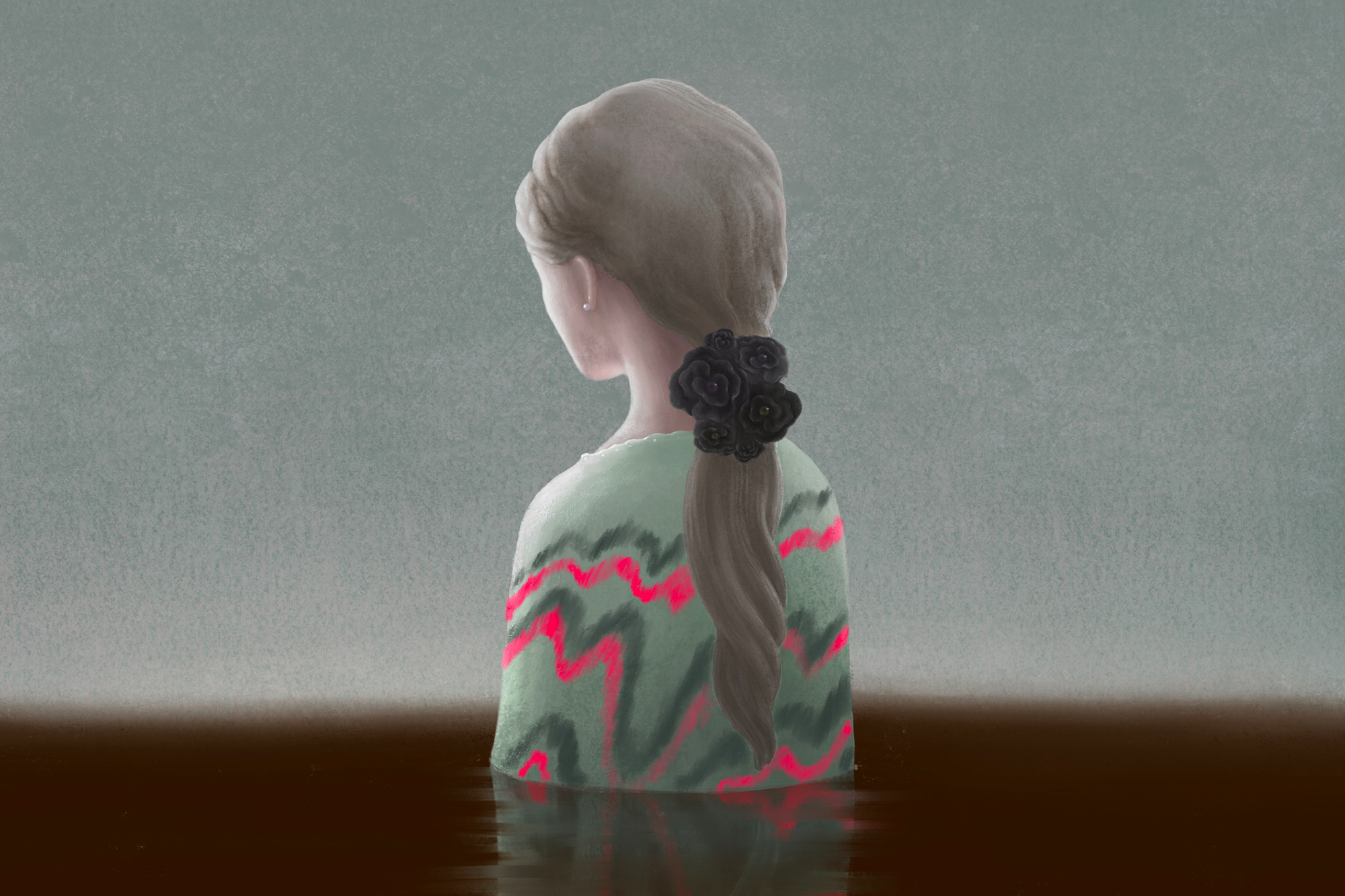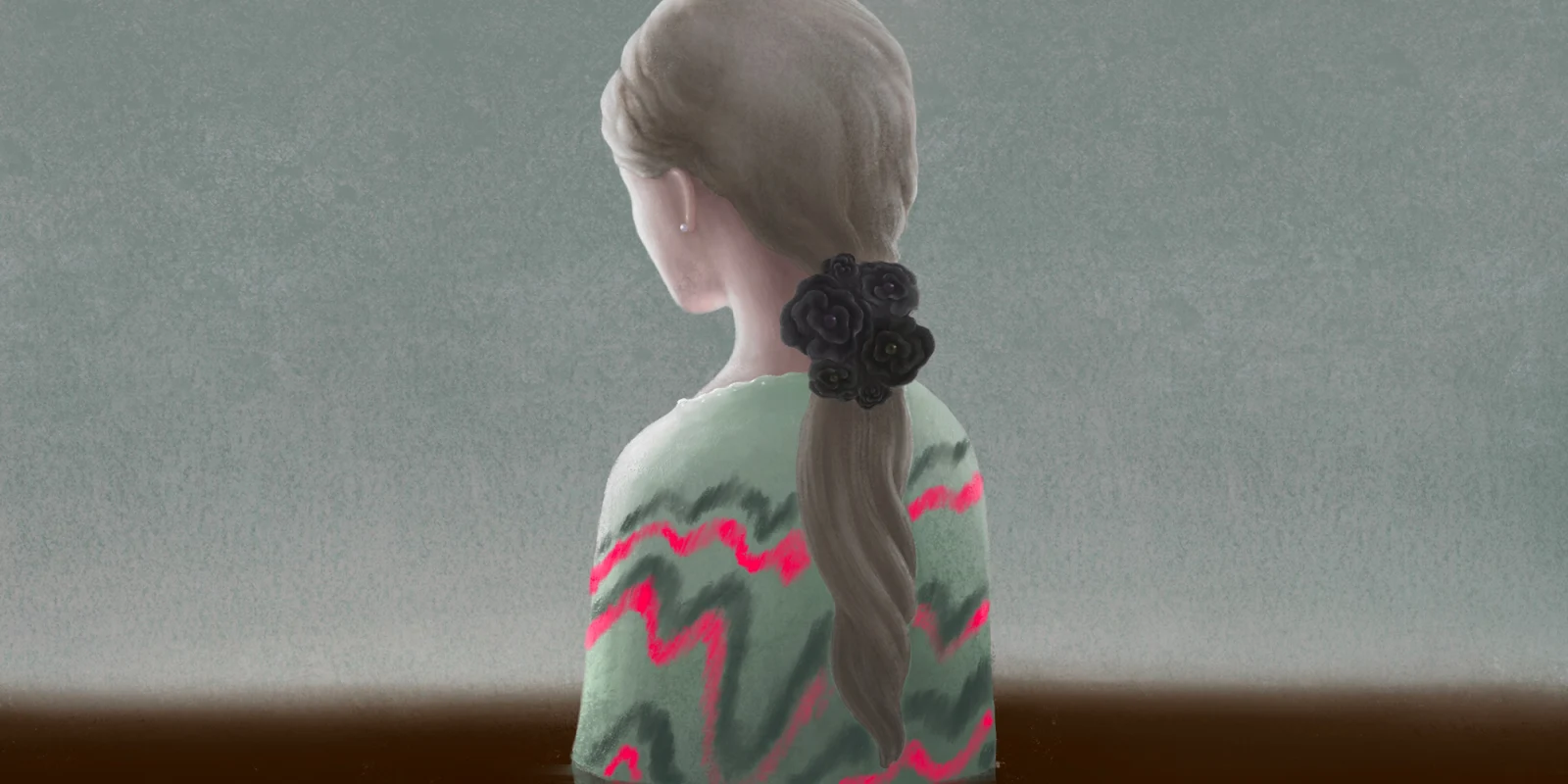 On the floor of the inpatient unit, there is a family respite room located at the far end of the hallway, where it curves back on itself to complete a loop. The circular layout of the floor is perfect for racing tricycles and plasma cars and riding IV poles. Inside the respite room, you can hear the dampened clatter of a busy hospital floor and take comfort in soft lighting, comfortable chairs, and inspirational quotes on the walls. It was built, truly, to bring comfort to the often harsh sterile environment of the hospital.
On the floor of the inpatient unit, there is a family respite room located at the far end of the hallway, where it curves back on itself to complete a loop. The circular layout of the floor is perfect for racing tricycles and plasma cars and riding IV poles. Inside the respite room, you can hear the dampened clatter of a busy hospital floor and take comfort in soft lighting, comfortable chairs, and inspirational quotes on the walls. It was built, truly, to bring comfort to the often harsh sterile environment of the hospital.
As a trainee in pediatric oncology, I walked, often in silence, with families to reach that respite room more times than I can recount to tell them life-altering news in those big soft chairs. The chairs provide no comfort when the word I tell them is “cancer.” That’s why most families call the respite room the “bad news room.” After only a few of those walks, you can catch the eye of seasoned parents looking on with pained expressions as they see another family enter their world. They all understand that the respite room provides very little respite from devastating news.
For nearly a decade, I have been telling families in that room that their child has cancer. With little variation, the three questions that are asked in rapid succession are:
1. Is my child going to die?
2. Why did this happen?
3. What does this mean for their life if they survive?
Surprisingly, the first two questions are easier to answer than the third. Over 80% of children that are diagnosed with cancer will go on to become long-term survivors, and the majority of childhood cancers are thought to be sporadic.
The remaining question is harder. Over 30% of survivors will have late effects directly related to the therapy they received. Of these late effects, infertility ranks high among side effects that cause significant distress to both parents and patients when they are old enough to understand. No amount of “delivering bad news” training, for example, could have prepared me to sit with a 14-year-old girl who sobbed into her mother’s arms while she learned she was at risk to lose her ability to have a biological child. The comments that escaped between her sobs included, “I’ve dreamed of being a mom forever,” and “How will I be a woman?” and “Who will ever marry me like that?”
We had the science to cure her and we had the science to protect her fertility — what we didn’t have was the money to make it happen. According to the Alliance for Fertility Preservation, only eight states have legislation that addresses and requires insurers to cover fertility preservation procedures for iatrogenic infertility, such as that caused by cancer therapy. Of these states, some, like California, exclude patients who are covered by public insurance plans such as Medi-Cal.
The goal of the pediatric oncology community is to create as many happy and healthy survivors as we possibly can. Scientists are diligently working on discovering new therapies with less toxic side effects, and I do believe I will see treatment paradigm shifts during the span of my career. However, until each and every one of the 15,000 children and adolescents diagnosed with cancer each year can be cured without damaging their reproductive organs, we must continue to advocate. We must be a voice for them and push to expand access to fertility preservation procedures, because they deserve more than to merely survive.
Wendy Allen-Rhoades, MD is a pediatric oncologist, mother of two incredible kids, and lover of 90s country music. She blogs at www.beyondthecoat.com. Dr. Allen-Rhoades is a 2019-2020 Doximity Fellow.







